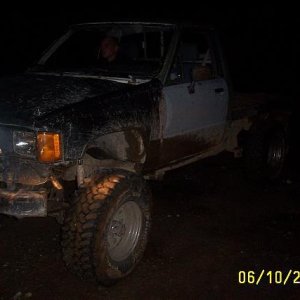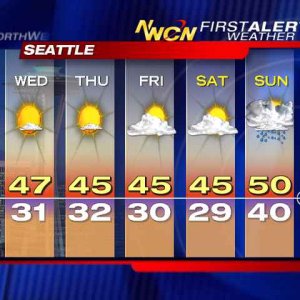Dear joshwho?;
Please allow me to explain why your engine cannot possibly run on 32 PSI of forced induction boost:
All petroleum based fuels have an octane rating. This is known as the RIN or Rating Index Number. What the RIN tells us is just how much a grade of fuel can be compressed before it detonates spontaneously. The higher the RIN, the more the fuel can be compressed before it ignite due to the friction caused by compressing the air. Since we cannot compress a liquid, it's only the air inside of an engine's cylinders that gets compressed, and since whenever air is compressed, friction is a result and therefore produces heat, we can state that the RIN relates to much heat the fuel can resist before the effects of heat takes over and causes the fuel inside of the fuel/air mixture to detonate spontaneously.
For example the lowest rating number is zero that is represented by the petroleum product called Hepthane. Hepthane will ignite spontaneously at sea level pressure. In other words, it needs to be maintained in a vacuum state or it will ignite on it's own.
Actually, the correct term for *detonation* is PRE-detonation* because that is what occurs when a fuel/air mixture ignites before the spark from the spark plug ignites the charge in the engine's cylinders.
A fuel with an Octane RIN of 92 can sustain 140 PSI before it starts to pre-detonate. When pre-detonation occurs, the resulting explosion forces itself past the not fully closed intake valve.
This explosion in turn travels forward, producing all sorts of neat pyrotechnic effect along it's route, to say nothing of the tremendous BOOM noise that accompanies it.
And this is why those Roots blowers on the drag cars are all required to have blower restraints. When a pre-detonation occurs, it does so with such force that it can blow a supercharger completely off of the engine and 100 feet or more in the air.
I remember the days before blower restraints when I witnessed one ride that the pre-detonated and the blower went through the big O in the Champion Sparkplug billboard. Needless to say, that was wayyyyyyyyy COOL!
In short, 32 PSI would bring your static CR up to around 40:1 which is needless to say...impossible. With 32 PSI, you could run the engine on the effects of the turbo alone. What I mean by this is that you could effectively run your turbo with a static piston CR of 0:1, which of course is impossible as the engine would not be able to support combustion at anytime less than full throttle.
Your friend;
LAMAR
Please allow me to explain why your engine cannot possibly run on 32 PSI of forced induction boost:
All petroleum based fuels have an octane rating. This is known as the RIN or Rating Index Number. What the RIN tells us is just how much a grade of fuel can be compressed before it detonates spontaneously. The higher the RIN, the more the fuel can be compressed before it ignite due to the friction caused by compressing the air. Since we cannot compress a liquid, it's only the air inside of an engine's cylinders that gets compressed, and since whenever air is compressed, friction is a result and therefore produces heat, we can state that the RIN relates to much heat the fuel can resist before the effects of heat takes over and causes the fuel inside of the fuel/air mixture to detonate spontaneously.
For example the lowest rating number is zero that is represented by the petroleum product called Hepthane. Hepthane will ignite spontaneously at sea level pressure. In other words, it needs to be maintained in a vacuum state or it will ignite on it's own.
Actually, the correct term for *detonation* is PRE-detonation* because that is what occurs when a fuel/air mixture ignites before the spark from the spark plug ignites the charge in the engine's cylinders.
A fuel with an Octane RIN of 92 can sustain 140 PSI before it starts to pre-detonate. When pre-detonation occurs, the resulting explosion forces itself past the not fully closed intake valve.
This explosion in turn travels forward, producing all sorts of neat pyrotechnic effect along it's route, to say nothing of the tremendous BOOM noise that accompanies it.
And this is why those Roots blowers on the drag cars are all required to have blower restraints. When a pre-detonation occurs, it does so with such force that it can blow a supercharger completely off of the engine and 100 feet or more in the air.
I remember the days before blower restraints when I witnessed one ride that the pre-detonated and the blower went through the big O in the Champion Sparkplug billboard. Needless to say, that was wayyyyyyyyy COOL!
In short, 32 PSI would bring your static CR up to around 40:1 which is needless to say...impossible. With 32 PSI, you could run the engine on the effects of the turbo alone. What I mean by this is that you could effectively run your turbo with a static piston CR of 0:1, which of course is impossible as the engine would not be able to support combustion at anytime less than full throttle.
Your friend;
LAMAR
Last edited:









